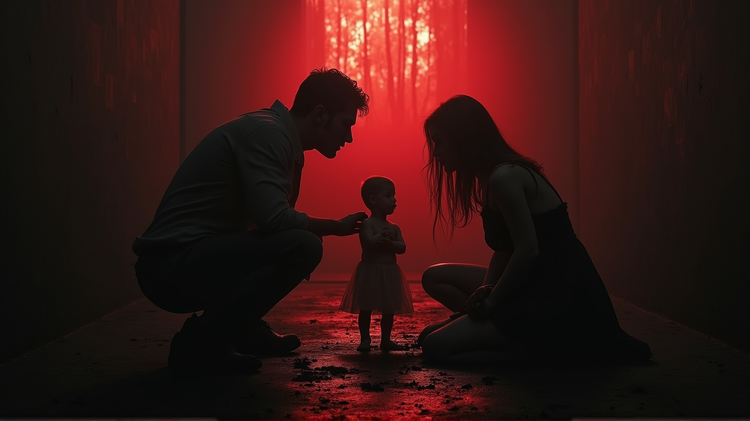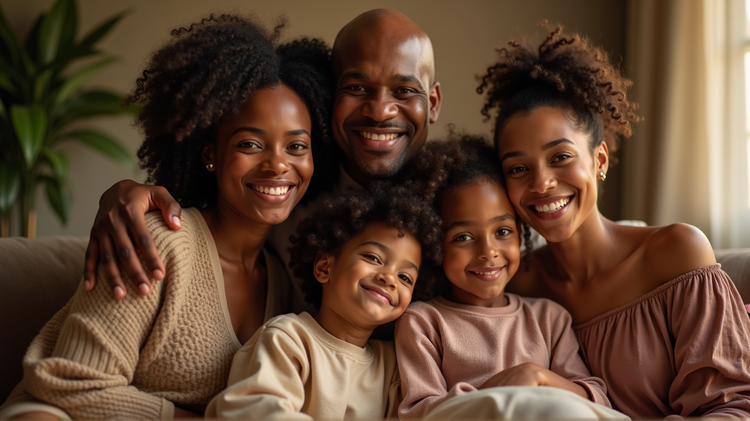The Unspoken Importance of Breast Size in Partner Preferences

In the intricate dance of relationships, certain physical attributes often become focal points of attraction and discussion. A prevailing and somewhat unspoken criterion revolves around breast size, a subject that remains sensitive and contentious. Women, especially those with smaller breasts, frequently encounter nuanced challenges in their romantic endeavors, prompting a deeper look into the significance placed on physical features in partner preferences.
Many women with smaller breasts, specifically sizes ranging from 0 to 0.5, find themselves questioning whether their partners genuinely appreciate their bodies. It's not about seeking approval from those who remain silent out of politeness, but rather from those who truly admire their physical traits. Unfortunately, for some, the experience has been disheartening. Conversations often drift towards suggestions of cosmetic surgery or dismissive remarks like "it's okay, it doesn't matter." This can lead to significant self-doubt and hesitation to openly share one's body with others.
The notion that breast size is crucial for male attraction is widespread, despite many advocating that true love transcends physical appearances. The reality, as experienced by some women, does not always align with this idealistic view. They find themselves entangled with men who are neither superficial nor dismissive by societal standards—men who are otherwise considered normal and interesting. This contradiction highlights a complex layer of modern dating: physical preferences, often unacknowledged, play a significant role.
Faced with such dilemmas, some women consider saving for breast augmentation as a solution to their relationship struggles. This consideration is not merely about vanity but a profound reflection on the pressures women face to conform to certain physical standards to feel accepted and loved.
This narrative sheds light on the significant impact of physical expectations on relationships. It invites a broader discussion about body image, the diversity of personal preferences, and the importance of fostering a relationship culture where individuals feel valued for who they are, rather than how they appear. As society progresses, the hope is for a shift towards more inclusive and diverse standards of beauty, encouraging genuine connections that are built on mutual respect and admiration beyond the physical.




